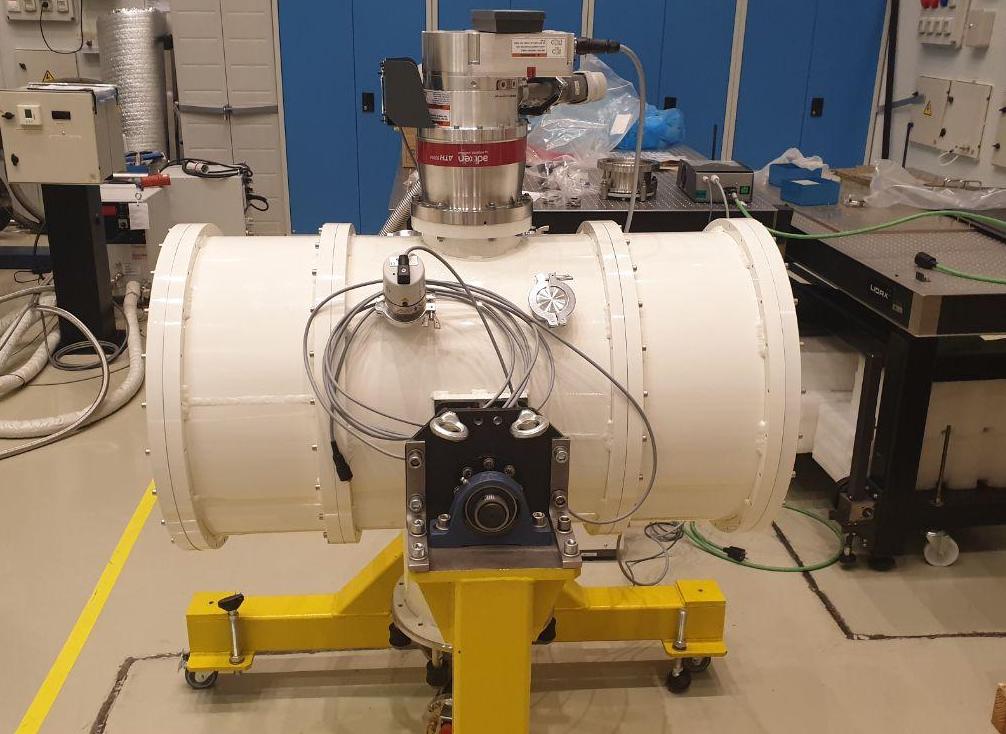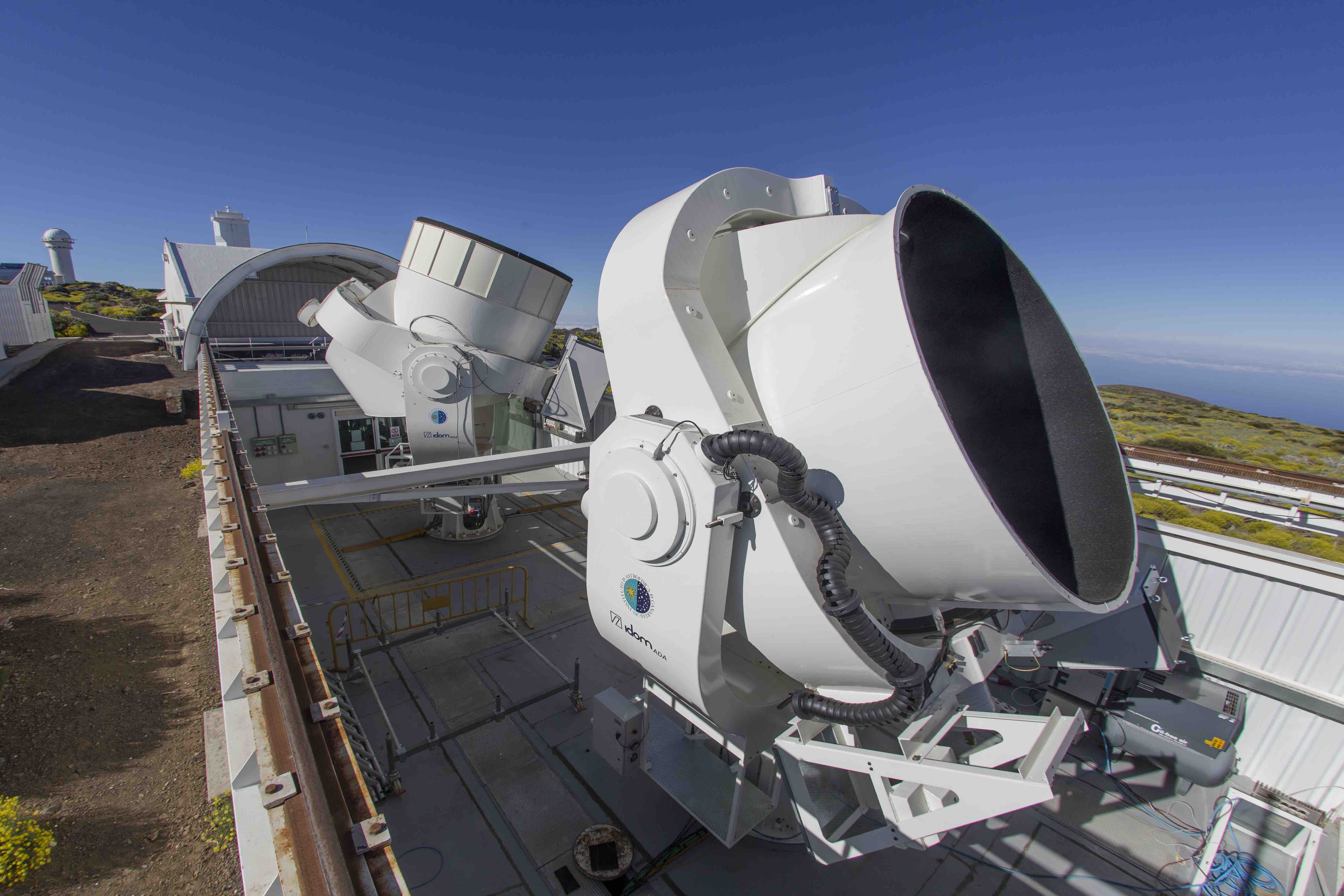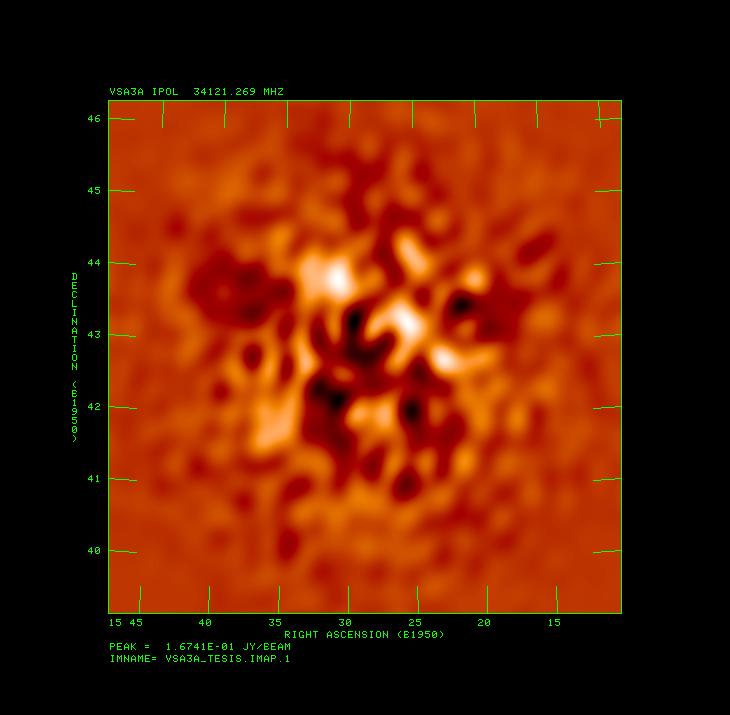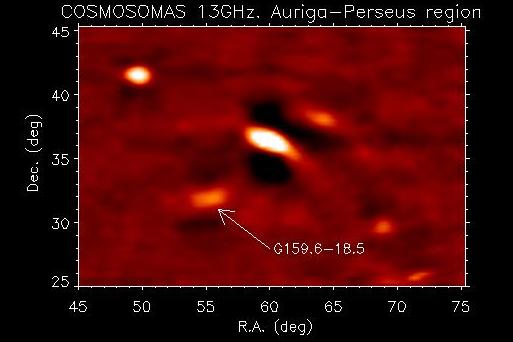My Research Interests. CMB Observations
Observations of the relic radiation from the Big Bang, the Cosmic Microwave Background (CMB), can provide a wealth of information about the parameters describing the cosmological model, and also about the initial conditions of the Universe (i.e. about how inflation happened).
I am currently involved in several projects which are (or will be) dedicated to observations of the CMB: the QUIJOTE Experiment (which started operations in November 2012), the Tenerife Microwave Spectrometer (TMS), LSPE-STRIP, Groundbird and LiteBird. In the past, I was involved in other CMB experiments, as the Planck satellite, the Very Small Array or the COSMOSOMAS Experiment.
Tenerife Microwave Spectrometer:
The Tenerife Microwave Spectrometer (TMS) is a new 10–20GHz experiment that will be installed at the Teide Observatory (Tenerife, Spain). Its main scientific driver is to accurately measure absolute distortions of the sky spectrum in the 10–20GHz frequency range, with special emphasis on the characterization of the absolute synchrotron monopole from our Galaxy, and the possible deviations of the CMB spectrum from a pure blackbody law. TMS will provide an absolute calibration for the QUIJOTE experiment, and it will also serve as a prototype for future instruments of its type, both ground-based and satellites. Among its new instrumental design is an octave bandwidth high quality cryogenic front-end, a thermally stabilized cold black body and a new design of a FPGA-based data acquisition system. The spectrometer will have a resolution of 250 MHz, giving 40 spectrally stable sub-bands.
QUIJOTE (2012-now):
The QUIJOTE (Q-U-I JOint TEnerife) CMB Experiment is a scientific collaboration between the Instituto de Astrofísica de Canarias (Tenerife, Spain), the Instituto de Física de Cantabria (Santander, Spain), the Departamento de Ingenieria de COMunicaciones (Santander, Spain), the Jodrell Bank Observatory (Manchester, UK), the Cavendish Laboratory (Cambridge,UK), and the IDOM company (Spain). It started operations in November 2012, and it consists in two telescopes (QT1 and QT2) and several instruments (MFI, TGI and FGI, MFI2) dedicated to measuring the polarization of the microwave sky in the frequency range between 11 GHz and 42GHz, and at angular scales of 1°. QUIJOTE has two primary scientific goals: to detect the imprint of gravitational B-modes if they have an amplitude greater or equal to r=0.03; and to provide essential information of the polarization of the synchrotron and the anomalous microwave emissions from our Galaxy at low frequencies (10-20 GHz). The combination of Planck and QUIJOTE, as well as other radio surveys, can provide unique information about the physics of the polarized radio foregrounds (see the RADIOFOREGROUNDS project, and also RadioForegroundsPlus).
VSA (1999-2006):
The VSA has mapped with high sensitivity the microwave emission (with resolution of 11 arcmin) of selected sky regions. A detailed investigation showed that the features present in those maps are dominated by primordial CMB signals. An statistical analysis of these maps allowed to infer global properties of our Universe, by means of the angular power spectrum. In particular, it was found that the density of matter and energy is such that at large scales the geometry of the Universe is flat. We have also set constraints on the matter content of the Universe, and obtained independent estimates of the baryonic density in good agreement with results from Big Bang nucleosynthesis (see Rubiño- Martín et al. (2002), or Rebolo et al. (2004) for details).
COSMOSOMAS (1998-2006):
With COSMOSOMAS, we have obtained four maps (10, 13, 15 and 17GHz) at 1 degree resolution covering 1/4th of the sky. These maps permitted the study of the physical mechanisms responsible for microwave emission in our galaxy. The main result is the discovery of anomalous microwave emission from a molecular complex in the Auriga-Perseus zone (see figure) which can not be understood in terms of classical emission mechanisms (synchrotron, free-free and dust vibration). This anomalous emission may be due to electric dipole radiation of fast spinning molecules, a new microwave emission mechanisms suggested a few years ago.



